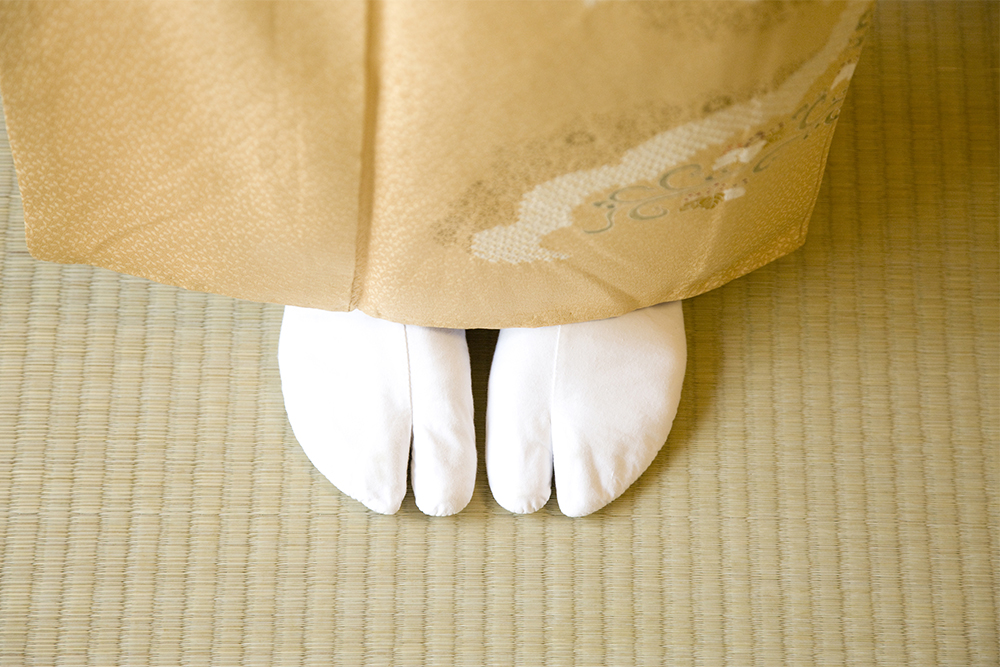We have already told you that Japanese houses are forbidden on the ground and footwear should be removed. But is barefoot okay? Some people may have thought so. In fact, it’s quite a delicate place. Of course, barefoot at home is not unusual for Japanese people. Some people use indoor slippers and others wear socks.
But in other places… Sometimes, it can be considered rude. The landlord doesn’t care if the customer barefoot… But does the customer intend to say that he doesn’t care about showing his barefeet to the landlord? For this reason, for example, at inns and restaurants, where customers need to take off their footwear, there are many places that offer slippers for customers. You also often see in ordinary homes and offices that barefeet are prohibited.
Well, this is when we can introduce tabi… It is one of the traditional Japanese clothing. To put it simply, it ’s a kind of sock. In Japan, the toes are divided into two separate sections, one for the big toe and the other for the other toes, assuming you are wearing traditional clogs and sandals. Another big feature is that it is fixed on the ankle with a small hook-like fastener or ankle strap. When the “Taketori Monogatari” was supposedly established… It is a really traditional garment that was used about a thousand years ago, but it is not so familiar to Japanese people who have moved away from it in daily life. The socks with fingered shapes are also quite popular…
However, it is clearly different from regular socks when actually worn. Or, it sometimes feels more comfortable than other footwear. If you have a chance to walk on the tatami, please try it once. Because it is strangely compatible with tatami mats.




